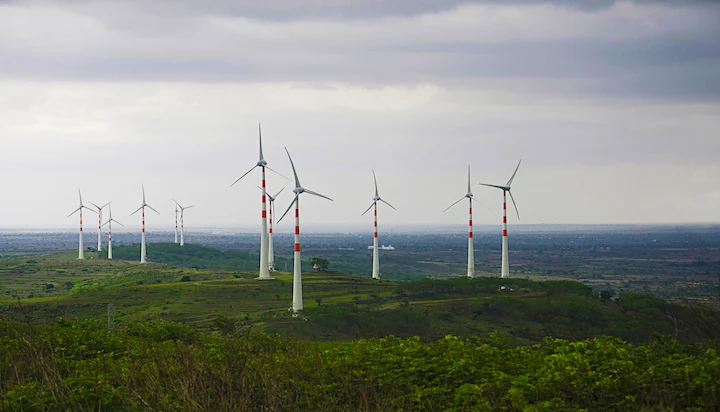Indian solar power developers are exploring ways to keep input costs low after the tariff barriers on equipment comes into effect from April next year, two people aware of the development said.
To avoid paying higher taxes after the government imposes basic customs duty of 25% on solar cells and 40% on modules from the next financial year, some developers plan to import solar cells and then get them assembled into modules by local manufacturers.
By doing so, they expect to save on the higher duty for solar module imports. This assumes importance, given that solar modules account for more than 50% of the total project cost.
Developers are trying to keep costs low amid solar power tariffs hitting a record low of ₹1.99 per unit.
Despite running the world’ largest green energy programme, India has a domestic manufacturing capacity of only 3 gigawatts (GW) for solar cells and 15GW for solar modules.
“Many developers are looking at it, with some domestic module manufacturers ready to assemble it for them. They are also looking at this strategy, given the way Chinese suppliers have raised module prices,” the CEO of a solar power firm, one of the two people cited above, said on condition of anonymity.
Chinese suppliers have raised solar module prices to 25 cents per kWh from 19 cents. The suppliers are reneging on their contracts to supply equipment that had already been contracted for, even at the risk of their bank guarantees getting encashed.
Indian solar developers are also planning to avoid supplies from Xinjiang, China, following reports of alleged use of forced labour by manufacturers, as reported by Mint earlier.
A high solar module price of 25 cents per kWh may not only lower returns on bid-out projects by 200 basis points but may also increase solar power tariffs by 10-15 paise per unit in future bids, Crisil Ratings said in a recent report.
Indian solar developers are also restricted to choose from a few suppliers as the ministry of new and renewable energy (MNRE) has made it mandatory for them to buy equipment from a list of approved solar photovoltaic models and module manufacturers.
India’s renewable energy capacity addition will improve to at least 10.5 GW in FY22 from 7.4GW in FY21, according to Icra Ratings. There is a strong project pipeline of 38GW and an additional 20GW of clean energy projects being bid out, it said.
India has a solar power generation capacity of 41.09GW, with plans to achieve 100GW by 2022. According to the Central Electricity Authority, India’s power requirement would touch 817GW by 2030, more than half of which would be clean energy. In addition, a green energy capacity of 30GW will be required to produce around 1.1 million tonnes per annum of green hydrogen to fulfil the proposed requirements by 2030.
“We have estimated all-India electricity demand growth at 6% for FY22 on a year-on-year basis, considering the favourable base effect, relatively lesser impact of the second wave on electricity demand and the pick-up in the vaccination programme,” Icra said in a statement on Tuesday. It expects the power generation capacity addition to rebound in FY22 to 17-18GW, increasing by 45% from the previous year, led by the green energy segment.
Source: livemint.com









